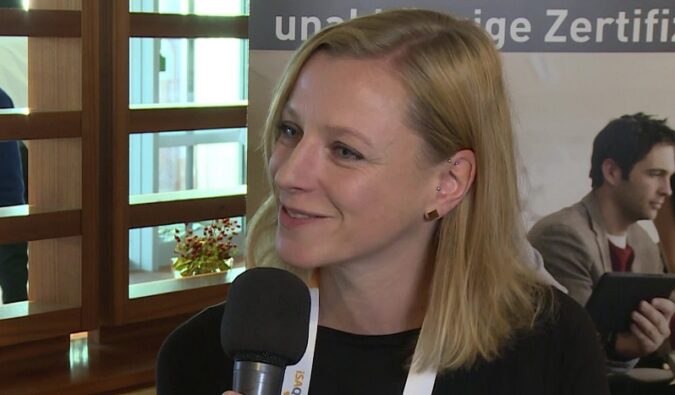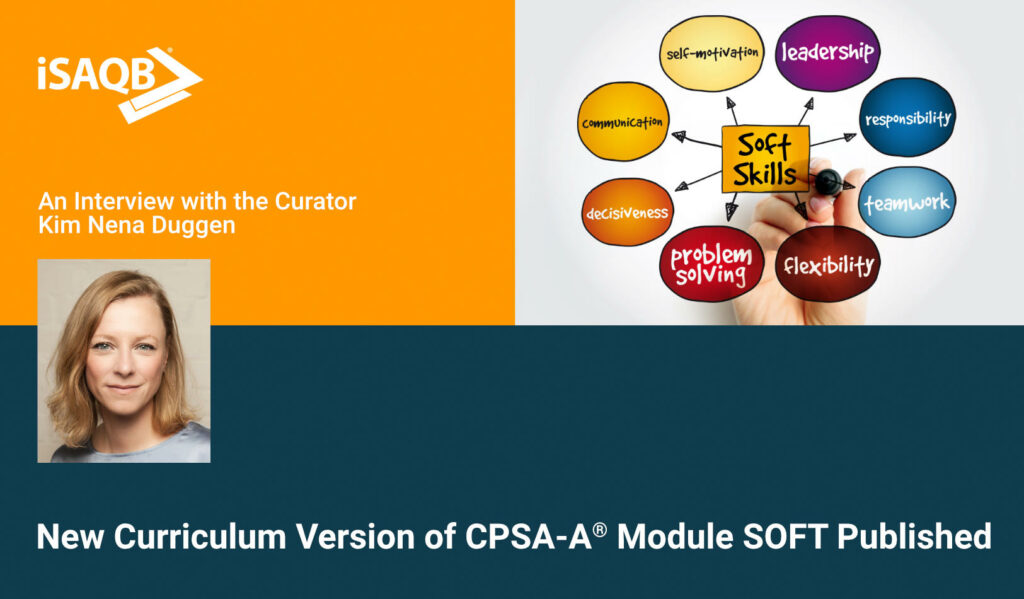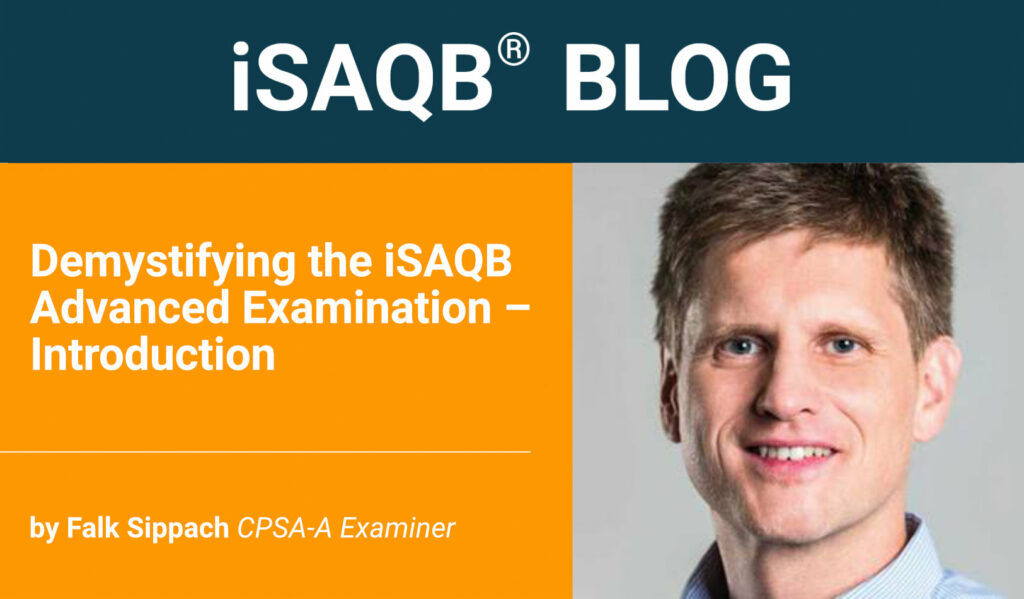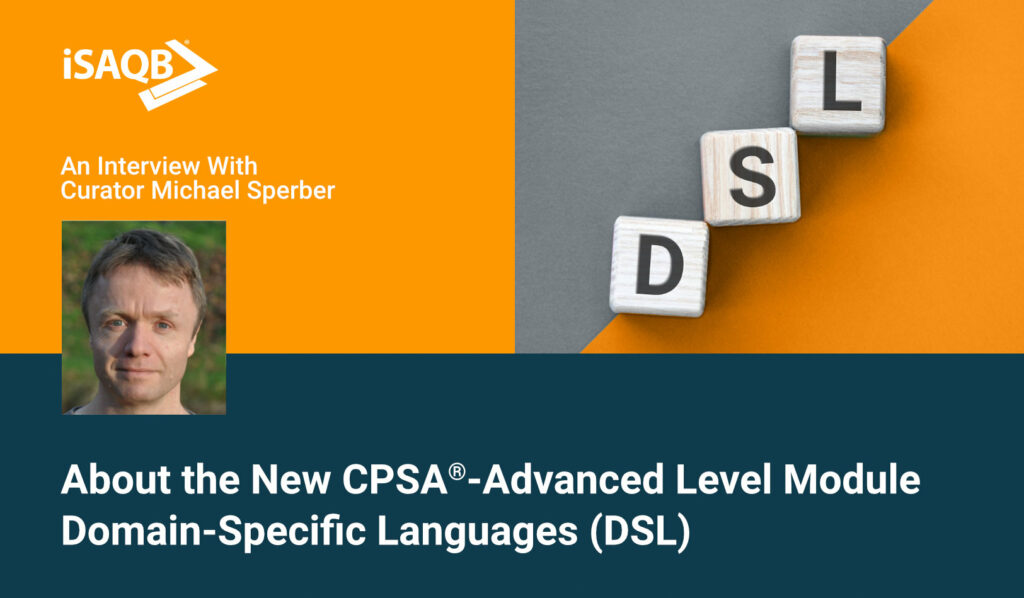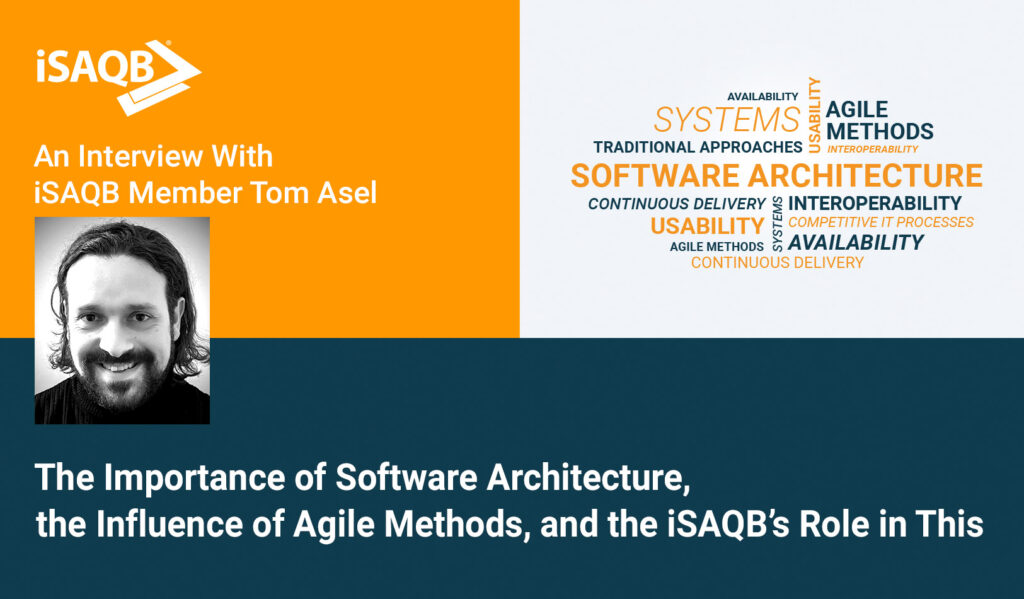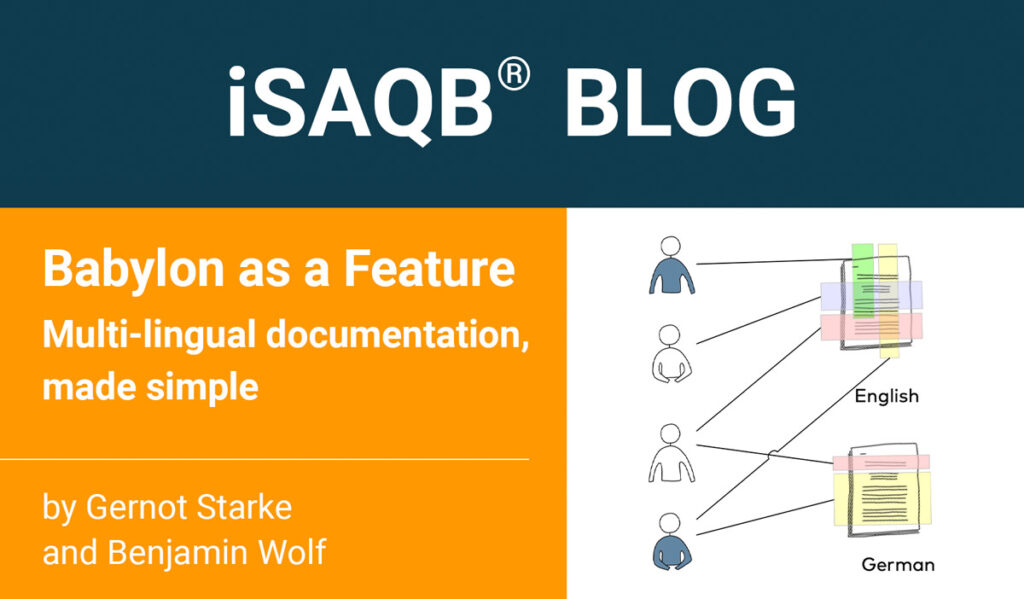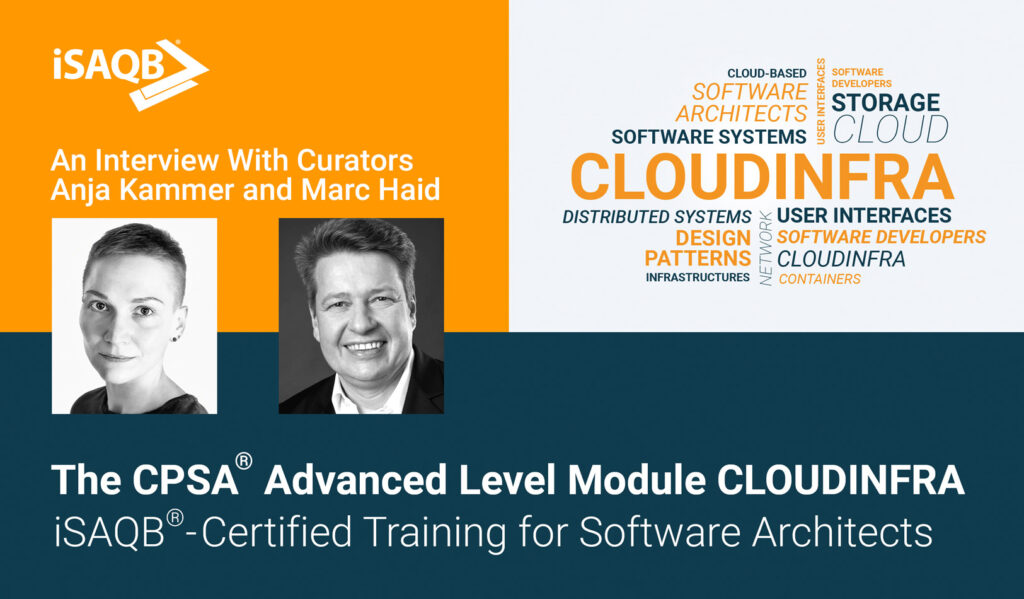Soft Skills for Software Architects
Interview with iSAQB member Kim Nena Duggen at the iSAQB community conference TAG 2019 in Munich
Mirko Hillert: Hello, we are here at the Architectural Gathering 2019 in Munich. Kim Nena Duggen is sitting next to me. Perhaps you can briefly introduce yourself to our viewers again.
Kim Nena Duggen: Sure. My name is Kim Nena Duggen. I work for embarc as an organizational developer. embarc performs software architecture, agile software architecture, and now with me, organizational architecture. Besides working at embarc, I am also an iSAQB member and curator of the Soft Skills curriculum, and that’s why I’m here.
Mirko Hillert: Yes, as a curator for the Soft Skills module you are of course very familiar with the topic and have also been a trainer for soft skills for many years. Why did the iSAQB create this module in the first place?
Kim Nena Duggen: What you hear a lot in the lectures here, for example, and what we often see in practice is that software architects are simply very much at the center of many communication challenges. They have to communicate with a huge number of stakeholders, have to explain to management why things take a little longer, why quality is an important aspect. In the best case, they have to work with developers to find out how solutions can become more sustainable, they have to talk to customers. They actually have many different roles in such a development project. And this is a big challenge, especially on the communicative level, and that is why the iSAQB decided that the Soft Skills module is also important. In the module we look at the topic of communication, why does communication often go wrong? What are the reasons for misunderstandings, especially in the field of tension of translating requirements for developers? What does the customer really want? This is often one of the focal points of the first day. Then we have the topic of moderation. How do I moderate requirement workshops, workshops with the developers, presentations of the results? That is a second focus. And the third focus is conflicts, because wherever many people interact with each other, there are often conflicts as well. At best, it is important to recognize these conflicts early on and to develop solution strategies yourself as an architect. Where can I exert any influence myself, where can I solve something? Where do I perhaps need other stakeholders to support me?
Mirko Hillert: The iSAQB has defined three areas in its training program, i.e. methodology, communication and also technology or technical requirements. How does communication fit in, including the topic of soft skills? Are there corresponding connections in other modules?
Kim Nena Duggen: On the one hand, there are other modules that also yield communicative points, you don’t just have to look at the SOFT curriculum. And on the other hand, it is of course also useful in many other modules. When I look at the fact that we do Domain Driven Design, where we have to define domains and find a language that we can agree on and that is ubiquitous. Then communication is a topic in Requirements Engineering, because I have to talk to the requirements engineers and find an agreement. When it comes to architecture documentation, it’s important. How do I document in such a way that it is comprehensible to the various stakeholders so that we can reuse it? Architecture evaluation workshops also need a lot of communication. That’s why it’s actually a relatively omnipresent topic that appears to varying degrees as a focus in various modules. And there are different modules that also have communicative points.
Mirko Hillert: Kim, you spend a lot of time in the field at customer’s premises. What communication pitfalls do you see for software architects?
Kim Nena Duggen: One aspect that I find more and more important or that is becoming more and more prominent is that teams now work very much vertically, which means that there are cross-disciplines that interact with each other and where I have to go much more into communication. This means that I can’t decide things for myself alone in a quiet little room and then simply put them in front of the team just like that, and they will then implement them. This means that I have more and more interactions between very different groups of people and also groups of activities. Then there is the topic of digitalization, which is driving us all. And precisely because of this, the more self-organized, more agile work, the topic of communicating major changes and role changes is very, very much in the foreground everywhere. This is already affecting software architects today, and will increasingly do so in the future.
Mirko Hillert: What can someone who comes to your workshop and studies soft skills learn? When someone comes out of a workshop, what have they learned?
Kim Nena Duggen: For one thing, how he or she communicates constructively. What can I influence myself in communication? How do I ask good questions? How do I find out that there is a difference between what I have said and what you might have heard or vice versa? And above all, the topic of conflicts is important to me, not that you have some, but that you deal with them intensively. What do you contribute yourself? What does the organization and also the technology contribute to our being able to work constructively with each other? These are my favorite topics. And perhaps a third topic is making decisions together, getting commitment from the developers, working out solutions together. To work out and decide on these solutions together with developers as an architect. That is also one of my favorite topics.
Mirko Hillert: Thanks for the interview, Kim.
Kim Nena Duggen: My pleasure.
Watch the full interview here (German):
Share this article:
Related Posts
About the Author
Featured in this article


